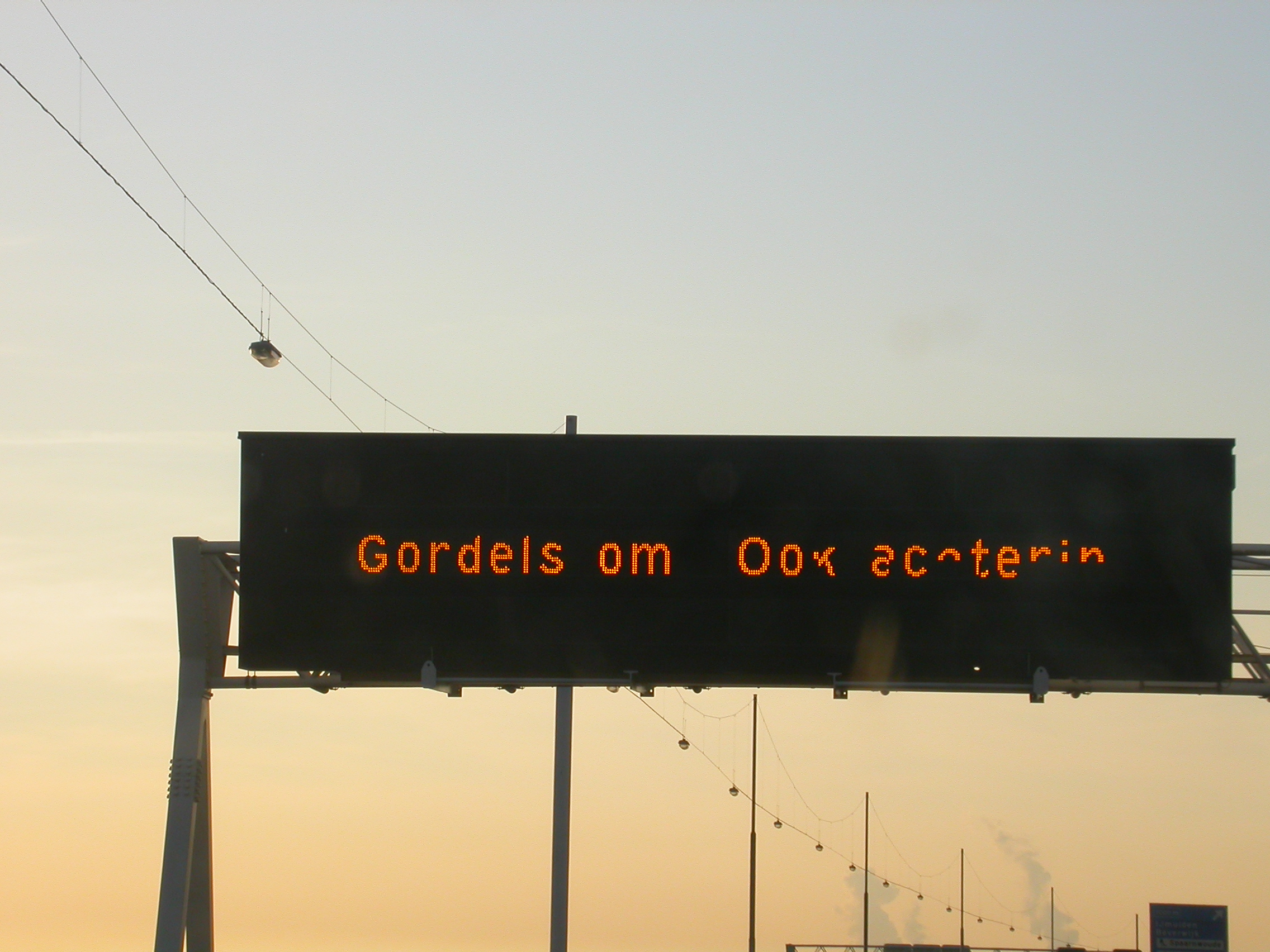LED Lights Can Harm Your Eyes
LED lights have become such a pervasive part of our everyday lives that it’s hard to remember the days of incandescent light bulbs. In the United States, LED home lighting exploded from fewer than 400,000 installations in 2009 to 202 million in 2016, making it one of the fastest adoptions of any technology to date. This is because LEDs (light-emitting diodes) use one-fifth of the electricity needed by an incandescent bulb of comparable brightness, making them an energy-efficient affordable alternative.
 That’s why over 10% of American streetlights have been converted to LED, with many more planned. LEDs are also commonly used in home lighting, car headlights, flashlights, cell phones, tablets, laptops, and even some toys. It’s projected that by 2030, 84% of the lighting market will be LED.
That’s why over 10% of American streetlights have been converted to LED, with many more planned. LEDs are also commonly used in home lighting, car headlights, flashlights, cell phones, tablets, laptops, and even some toys. It’s projected that by 2030, 84% of the lighting market will be LED.
What exactly is a LED light?
LEDs combine a short wavelength blue or ultraviolet light semiconductor chip with a yellow phosphor coating that partially absorbs the monochromatic blue light and re-emits it as a white light with a mixed wavelength. The whiter or “colder” the light, the greater the amount of blue in the spectrum.
Can blue light cause eye damage?
A recent study from the French Agency for Food, Environmental and Occupational Health & Safety (known as ANSES) confirms that short-term exposure to high-intensity blue light has “phototoxic effects” and that long term exposure to lower-intensity blue light is linked to an increased risk of age-related macular degeneration (ARMD). ARMD is the leading cause of vision loss in adults over 50.
Best LED Light Brands đèn led gia phúc
The ANSES report differentiates between two types of blue light: “warm white” found in home LED lighting was found to have weak phototoxicity risks, not unlike traditional lighting. However, the high-intensity blue light emitted by sources such as the latest flashlights, auto headlights, and some toys is considerably more harmful.
LED shop lights den led gia phuc, online led store denledgiaphuc
In an interview with CNN Health, the chief scientific research officer at Atlanta’s Morehouse School of Medicine, Gianluca Tosini, agreed with the ANSES findings, saying that blue light can indeed cause damage to the eyes, however, with high-intensity exposure at wavelengths below 455 nanometers.
LED retail store lighting. den led gia phuc 000webhostapp https://denledgiaphucvn.000webhostapp.com/
Tosini explained that there are blue-light photoreceptors in the retina that directly communicate with the brain’s circadian clock. Exposure to blue light in the evening can disturb biological rhythms and sleep mostly by inhibiting the synthesis of the sleep-promoting hormone melatonin. In fact, circadian rhythm disruption has been known to aggravate metabolic disorders such as diabetes, cardiovascular disease, and some forms of cancer.
Kids are especially susceptible to LED exposure
The ANSES study warned that children and teenagers, whose crystalline lenses aren’t fully formed, have eyes that do not fully filter blue light, making them particularly susceptible to its harmful effects. And who doesn’t know a teen who isn’t glued to their smartphone day and night?
What’s more, the strobe effect caused by tiny fluctuations in the electric current of some LED lights can cause headaches, vision fatigue, and a higher risk of accidents. That’s why the agency recommended revising the maximum time limit for short term exposure to low-level blue light.
denledgiaphuc, den led gia phuc,đèn led gia phúc, đèn led, den led, den led gia phuc 000webhostapp